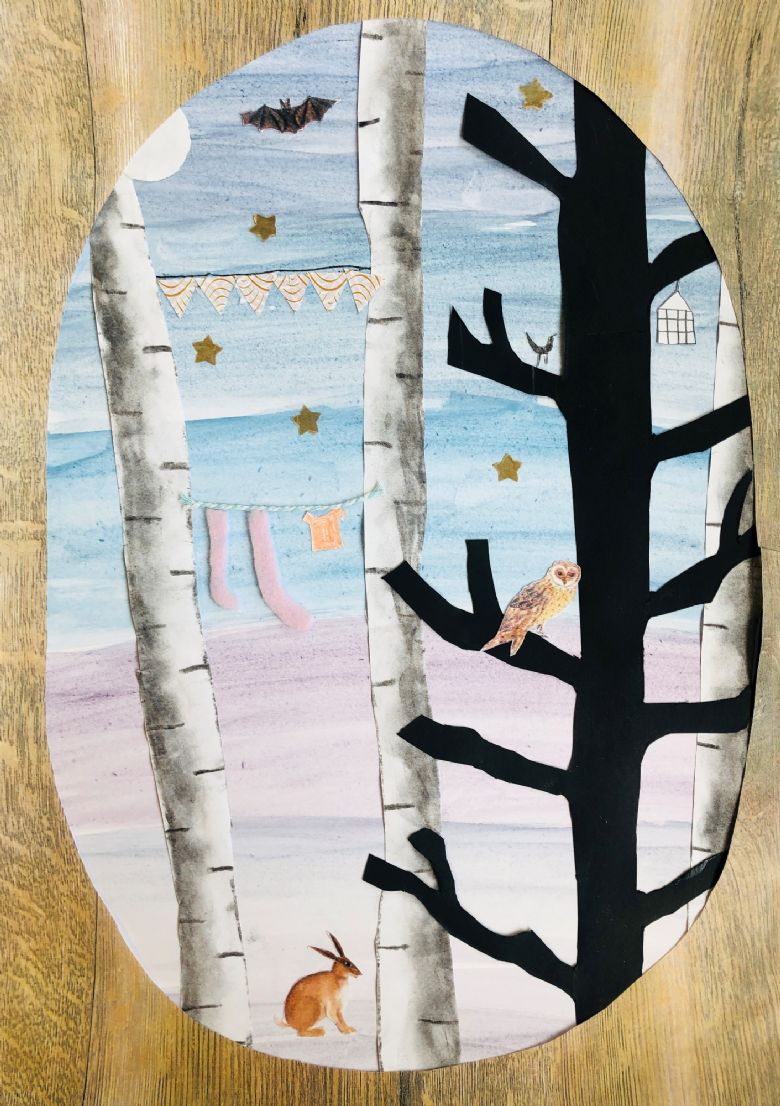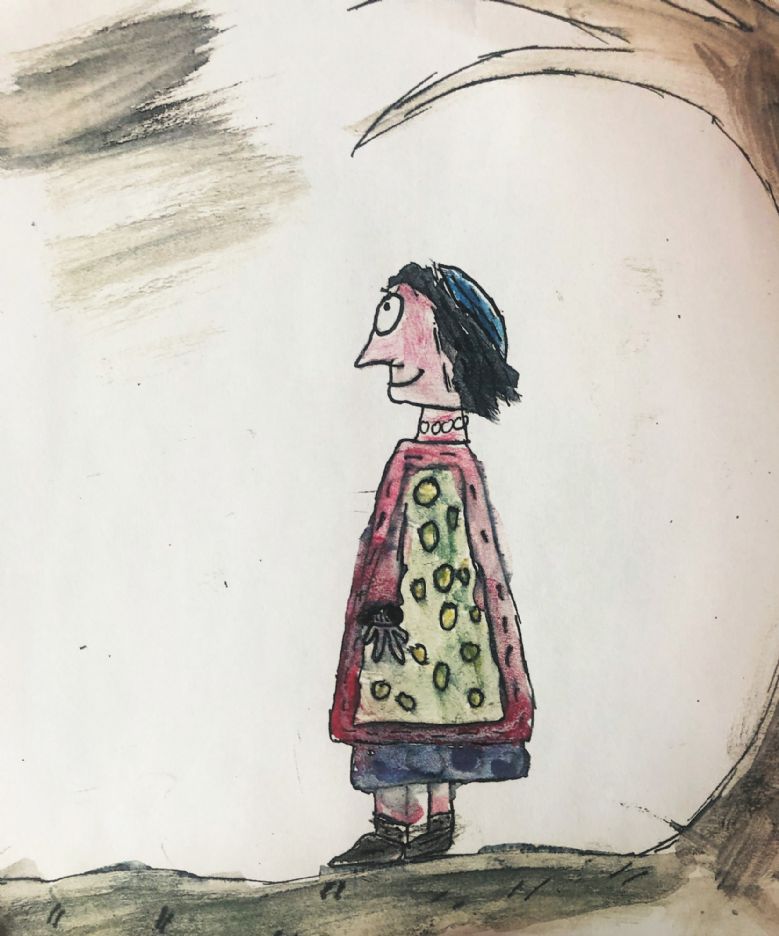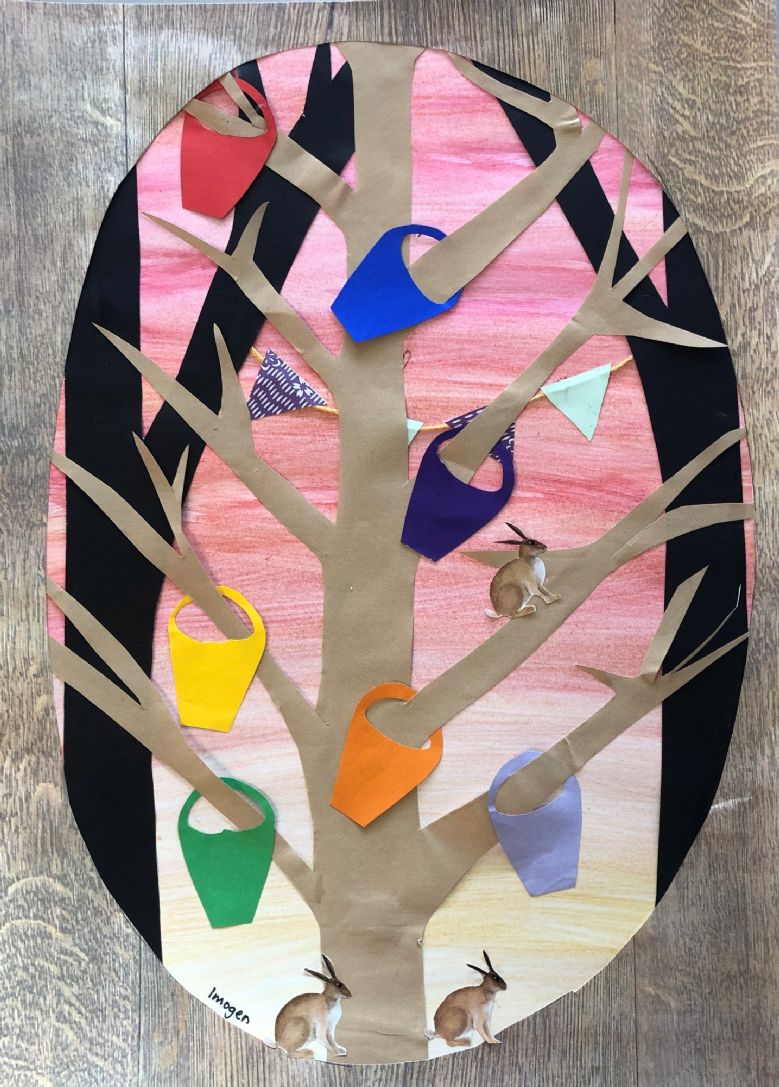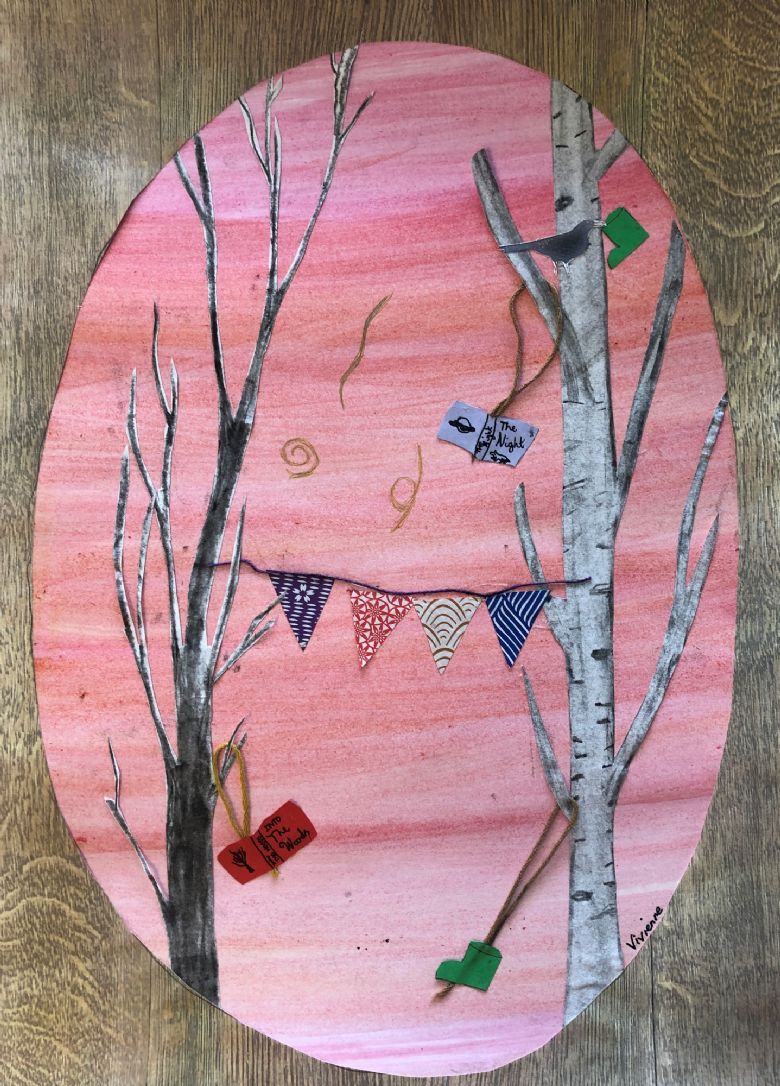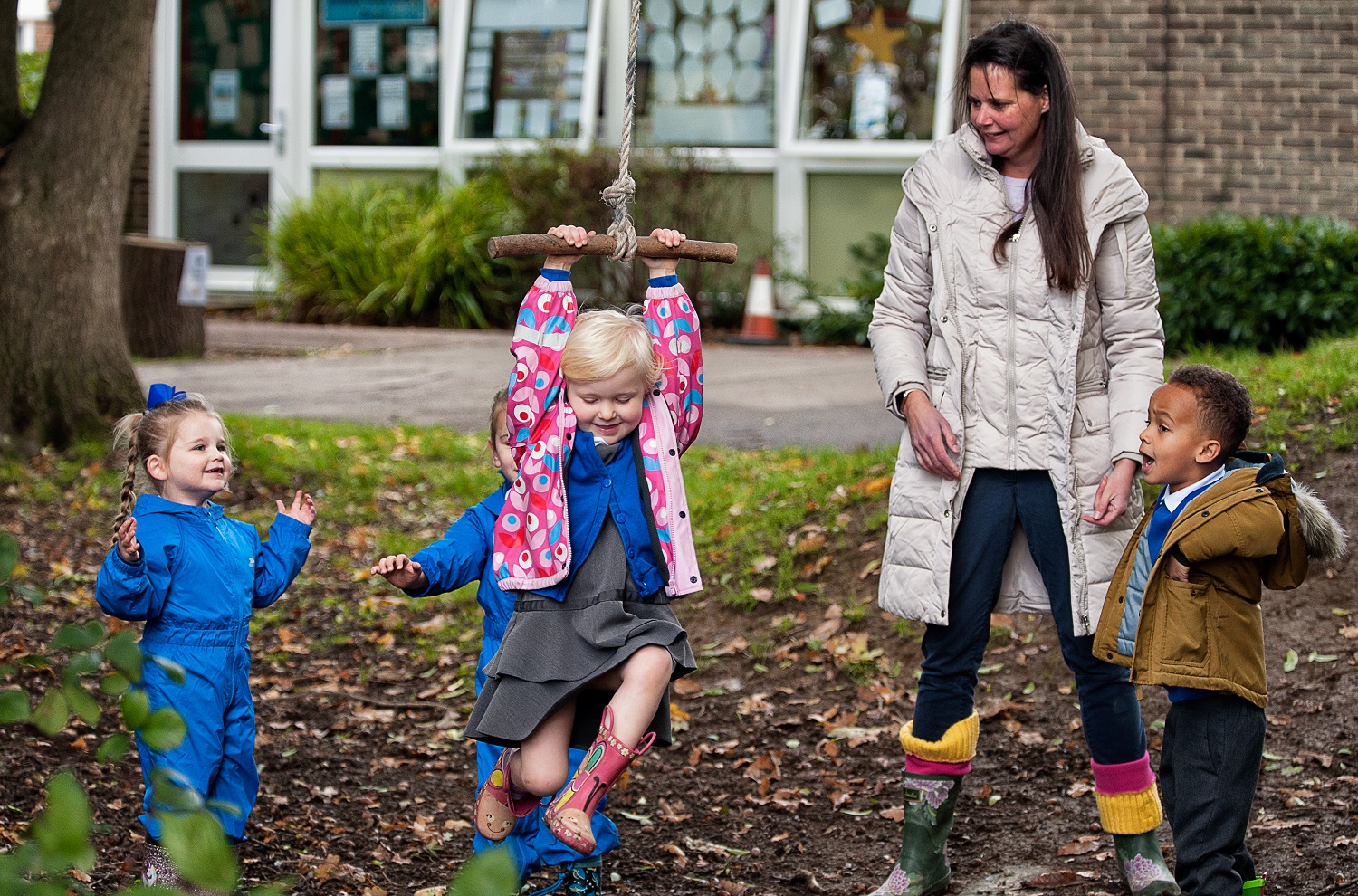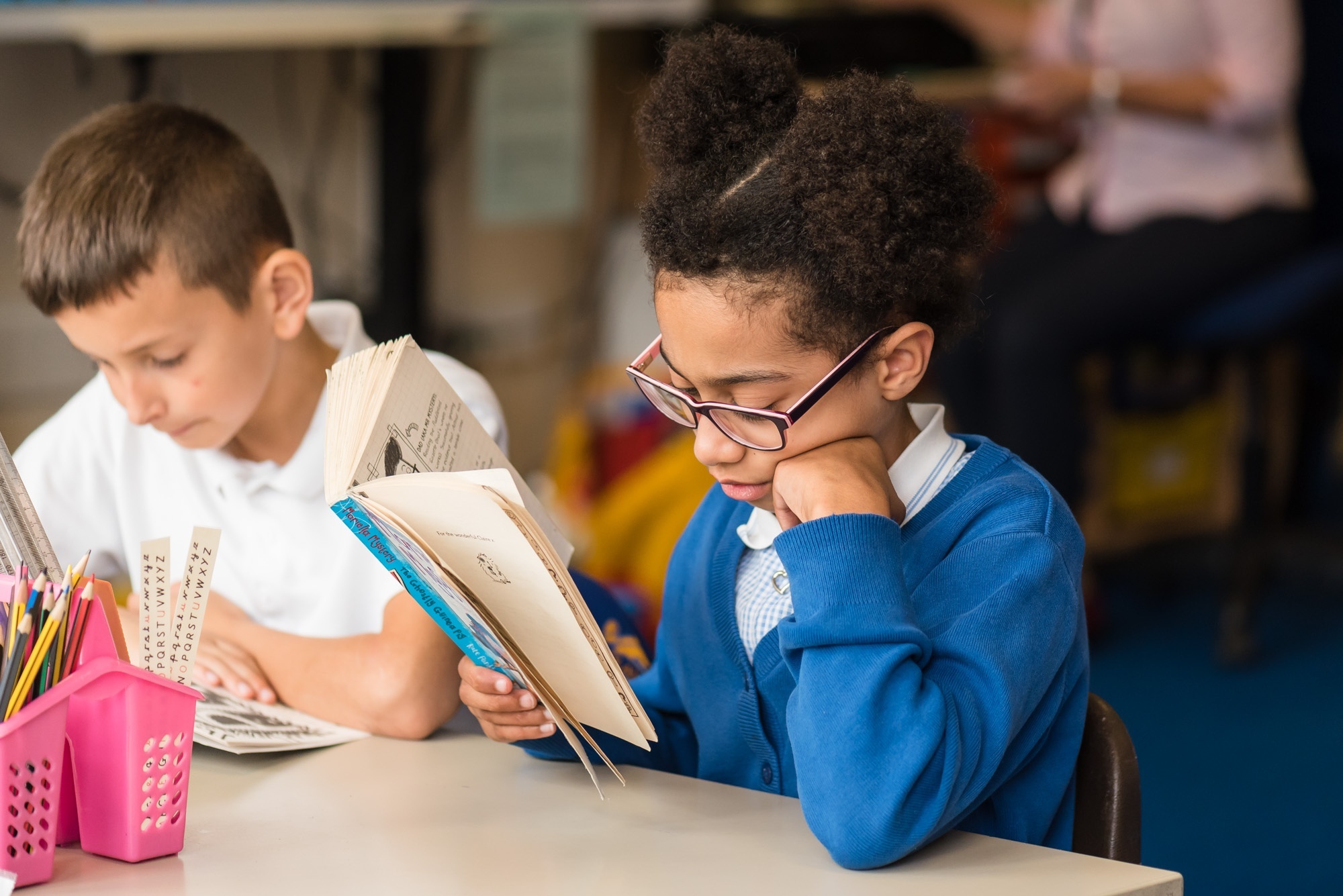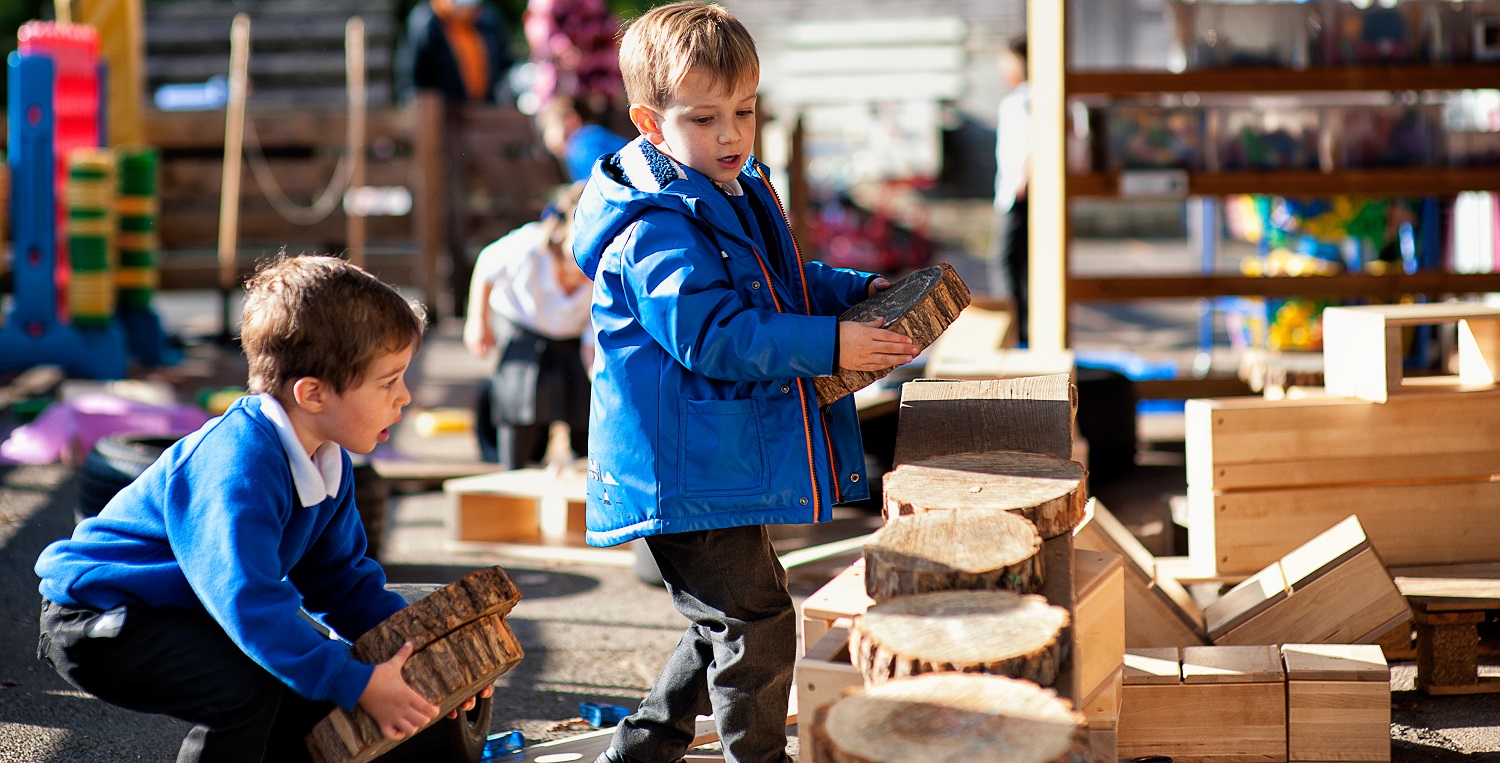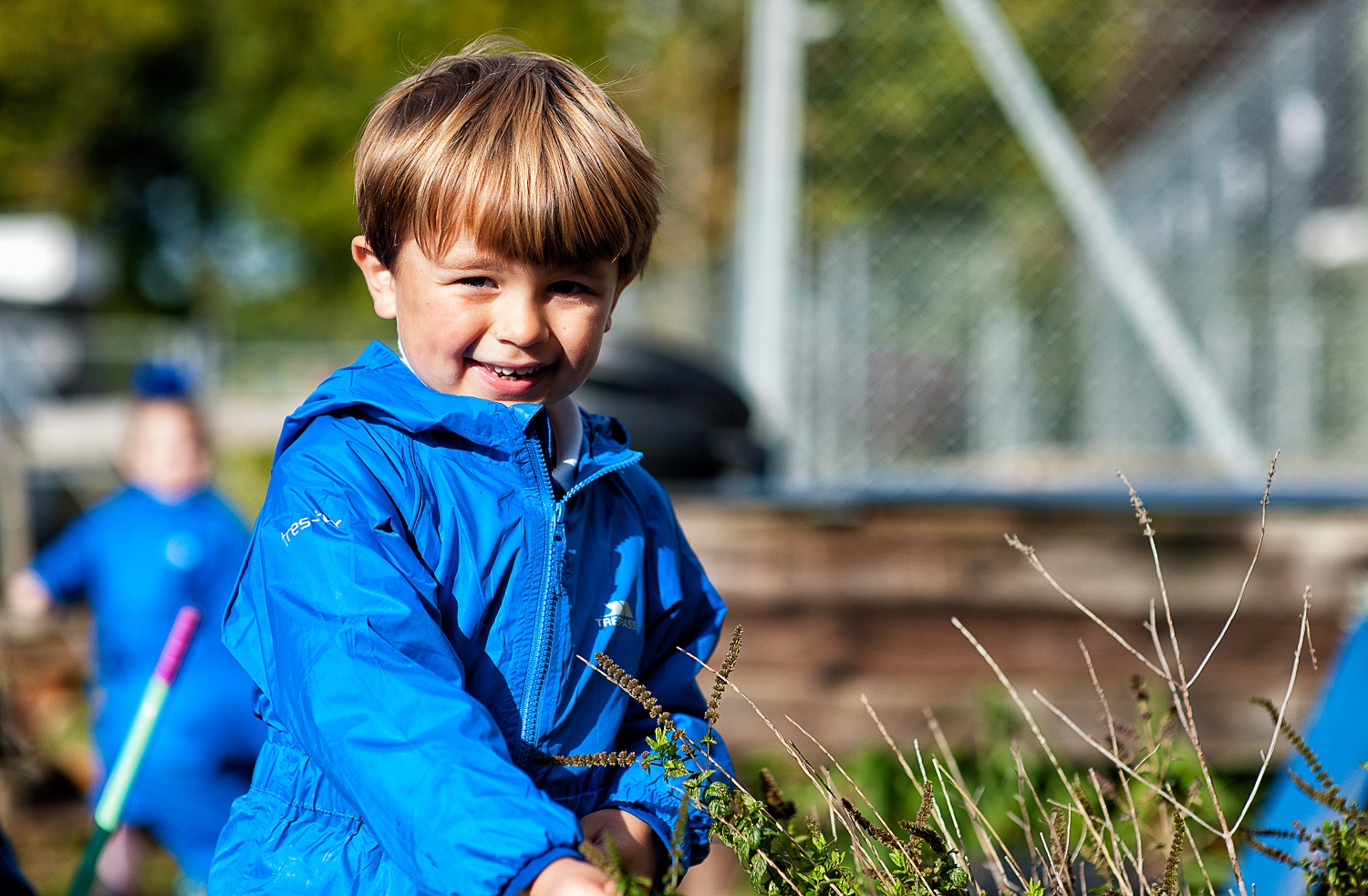Art
“Every child is an artist. The problem is how to remain an artist once we grow up.”
Pablo Picasso - artist
What do we want our art curriculum to achieve?
At Woodlands, our art curriculum focuses on giving children opportunities to foster their individual creativity and develop their own artistic style. Through a carefully sequenced spiral curriculum, we aim to inspire, engage and challenge children by equipping them with a variety of skills. Children will explore different aspects of art including drawing (e.g. Portraits in - Year 3), painting (e.g. Aboriginal art - Year 2), printing (e.g. Printing - Year 4) and sculpture (e.g. Ephemeral Art - Year 1). Each unit will build upon previously taught skills and enable the children to feel empowered by their skills as an artist.
Why is art important to us?
We believe art is important to children as it enables them to express themselves creatively. From a young age, children form an opinion of themselves as artists. Teachers at Woodlands create learning environments that are safe, supportive and allow children to feel confident in their own abilities. We aim for all children to see the value in their individuality and take ownership over their work. Being actively engaged in the arts can open many opportunities for children and staff aim to help children see their own potential. Our two big ideas – diversity and culture – are weaved throughout the curriculum. For example, children explore diversity in the artists we cover and where there are meaningful links, different cultures.
How does the curriculum structure support our aims?
The art curriculum at Woodlands is structured around ensuring children have opportunities to build on and refine core skills. The progression of skills is broken into drawing, painting, sculpture, printing, collage, digital media and textiles. Topics are carefully structured to allow children to explore these areas in depth. For example, fine motor skills begin in Reception through to sketching intricate illustrations in Year 5. From Year 2 onwards, children work in sketchbooks where they are encouraged to record their artwork with creative freedom.
How do we make art real and meaningful for our children?
We aim for children to see themselves as artists and to feel successful. Where it is meaningful, cross-curricular links are made to deepen their understanding of a topic. For example, sculpting Ancient Greek inspired pottery (Year 5). To make the learning real, we aim for children to experience both local and larger scale art galleries to help them gain an appreciation of art and develop a critical opinion. Where possible, children may be visited by local artists who can share their work and support them through an art topic. In addition to this, there are topics such as William Morris (Year 4) and Illustrations (Year 5) which shows children how art forms are woven in everyday life.
How do we develop artistic skills?
All our units have an overarching theme, which runs through the topic. Within this, each lesson explores a key question. This may be linked to a particular skill or researching an influential artist. We aim to give children the opportunity to be inspired by a variety of artists, illustrators and sculptors and allow them to draw on their techniques to develop their own skill set. Skills are built on through a spiral curriculum and ensures children master the fundamentals before moving forward. Some units will build up to a composite task, such as a final piece (e.g. Camouflage - Year 2) whereas others will allow children to zoom in on specific skills throughout (e.g. A River Journey - Year 3). Practical retrieval tasks are sometimes used to allow for regular practise. The supportive environment at Woodlands also allows children to develop skills which are necessary across the curriculum such as problem solving, perseverance and collaborative learning.
How do we use assessment in art?
Assessment is used in art in a variety of ways. All lessons involve meaningful tasks for children to be actively involved in, including exploratory talk, retrieval tasks or practical activities. A significant part of assessment in art is the use of sketchbooks. As a school, we view sketchbooks as an individual journey. With this in mind, written marking has been removed from sketchbooks in favour of verbal, in-the-moment feedback. This allows teachers to give meaningful feedback, specific praise and adapt the lesson as needed to meet the needs of the learners. After the lesson, teachers are able to reflect upon learning in sketchbooks to plan for the coming lessons. Teachers bring all this knowledge formed over the course of the year to make an overall judgement as to whether each pupil is working at the expected level for art or not and this is reported to parents annually. Our year group leads and art subject lead will also conduct pupil voice sessions and sketchbook looks to gain an overview of progression and how skills are being built upon. Having triangulated monitoring, the art subject lead may decide to update planning, support teachers with delivery, involve the Inclusion team if issues pertain to pupils with SEND, review curriculum sequencing or possibly review the effectiveness of the retrieval activities used.
How do we promote inclusivity and challenge in art?
Our art lessons at Woodlands are taught in a way which enables all children to access learning and enjoy the opportunities that art offers. This includes responding to each child’s needs, removing potential barriers and ensuring there is room for children to challenge themselves. Where art tools are used, these will be adapted to ensure they are suited to the needs of the child. For example, children may be offered a wider-handled paintbrush or pencil grips. As a subject, art lessons are mainly practical and involve a lot of exploratory learning. Within this, it is important to recognise that some areas of art, such as the use of clay, may present some challenges for those with a sensory need and these should be adapted on an individual basis. As children get older, their opinion of their own artwork begins to form and can lead to lower self-esteem being a barrier to learning. At Woodlands, staff work hard to develop an inclusive culture where all work is celebrated which aims to remove this barrier. This may also include offering flexibility for extending the time available to complete a task. Where vocabulary is introduced, this will be revisited regularly and supported by visual examples of children’s artwork. In order to challenge our pupils, staff will model high expectations and be equipped to use effective questioning in order to extend learning in the moment. For example, encouraging problem solving, developing a natural curiosity and opportunities to build upon current learning.
Here are some examples of our artwork within each year group, each exploring different artists and skills.
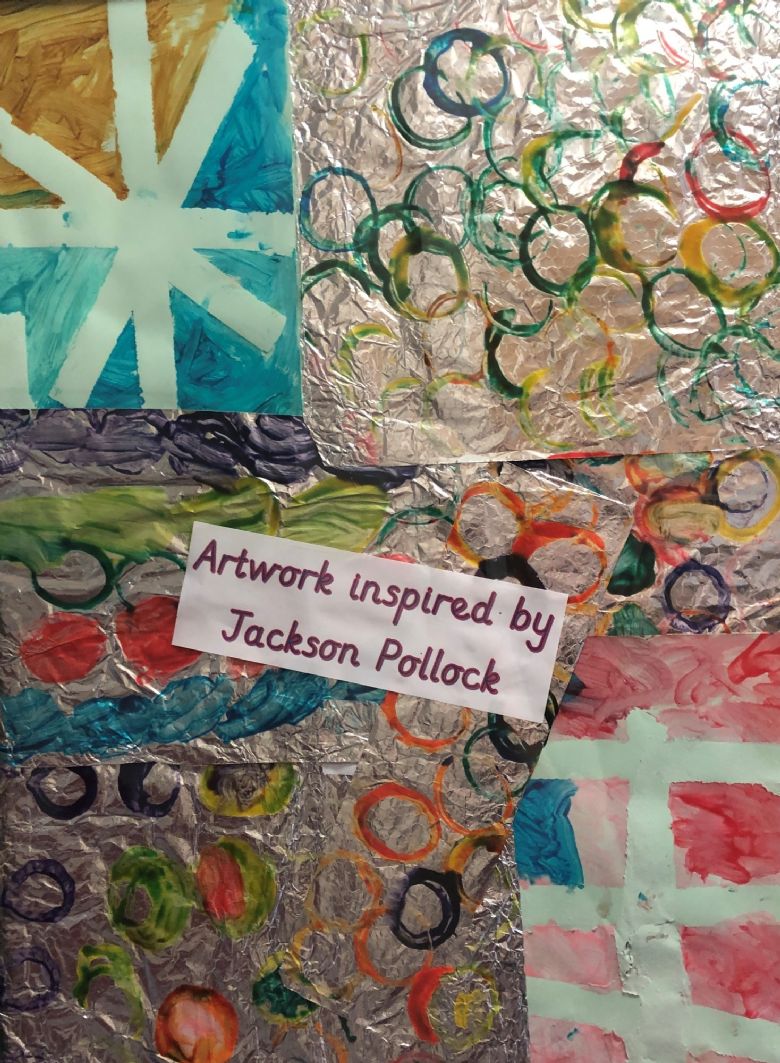
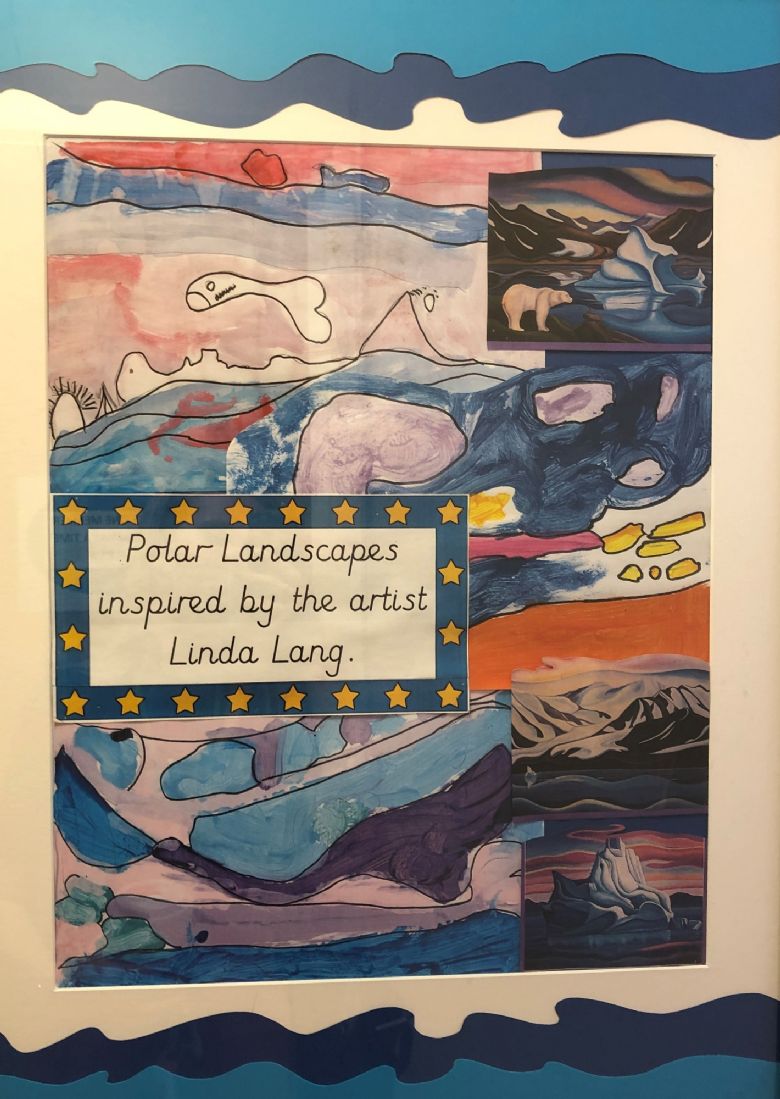



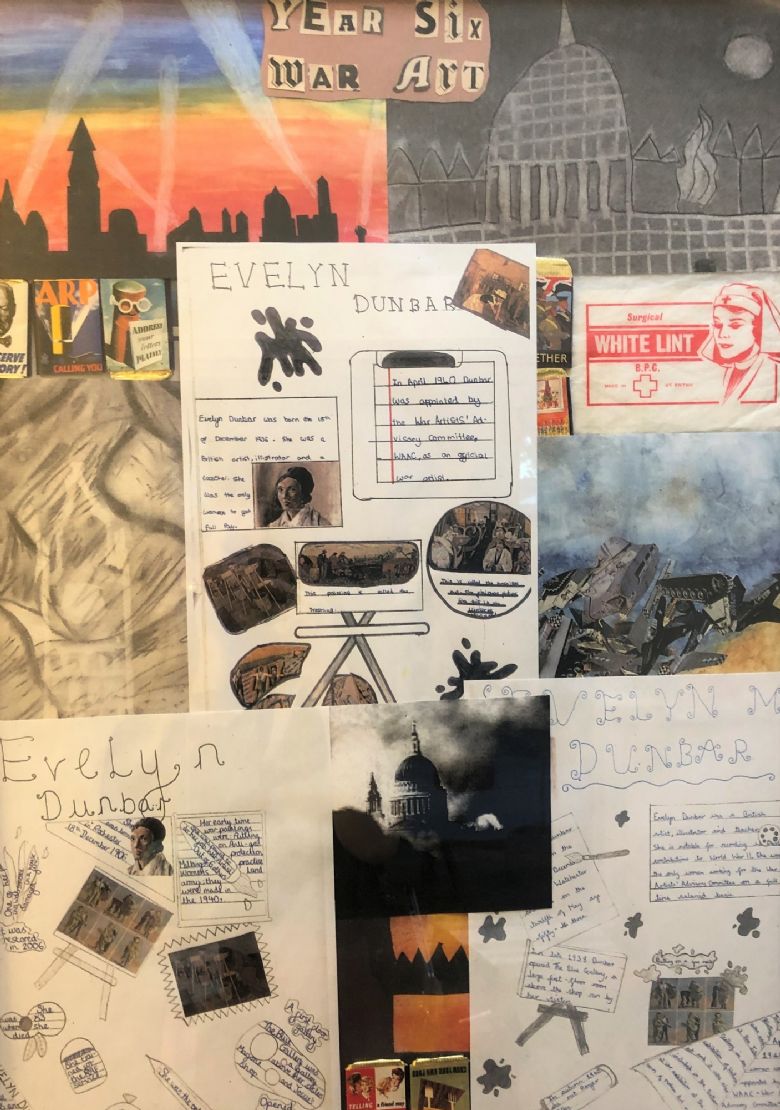
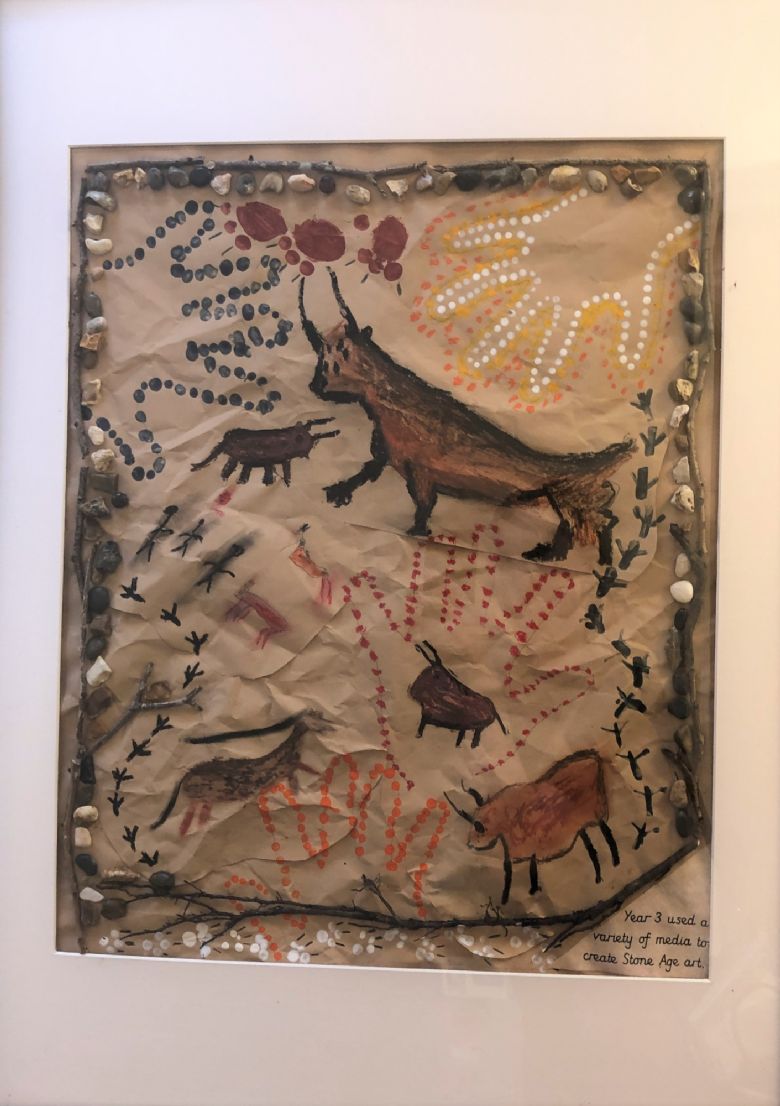
Year 3 A River Journey
With a cross-curricular link to their Geography topic 'Rivers' and inspired by Marc Martin's book, Year 3 created their own representation of Tonbridge and the River Medway. Passing through the town, fields and including what Tonbridge means to them, they have experimented with using watercolours, fine liners and wax crayons.
Year 5 Illustrations
 Year 5 have been illustrators and after exploring illustrations in a variety of books, they drew their own characters inspired by Quentin Blake. Their final piece of work was an additional page for Carol Ann Duffy's book, 'The Lost Happy Endings' which they have been reading in English. They included sketching, painting and collage to create their illustrations, and we love how unique they are.
Year 5 have been illustrators and after exploring illustrations in a variety of books, they drew their own characters inspired by Quentin Blake. Their final piece of work was an additional page for Carol Ann Duffy's book, 'The Lost Happy Endings' which they have been reading in English. They included sketching, painting and collage to create their illustrations, and we love how unique they are.
